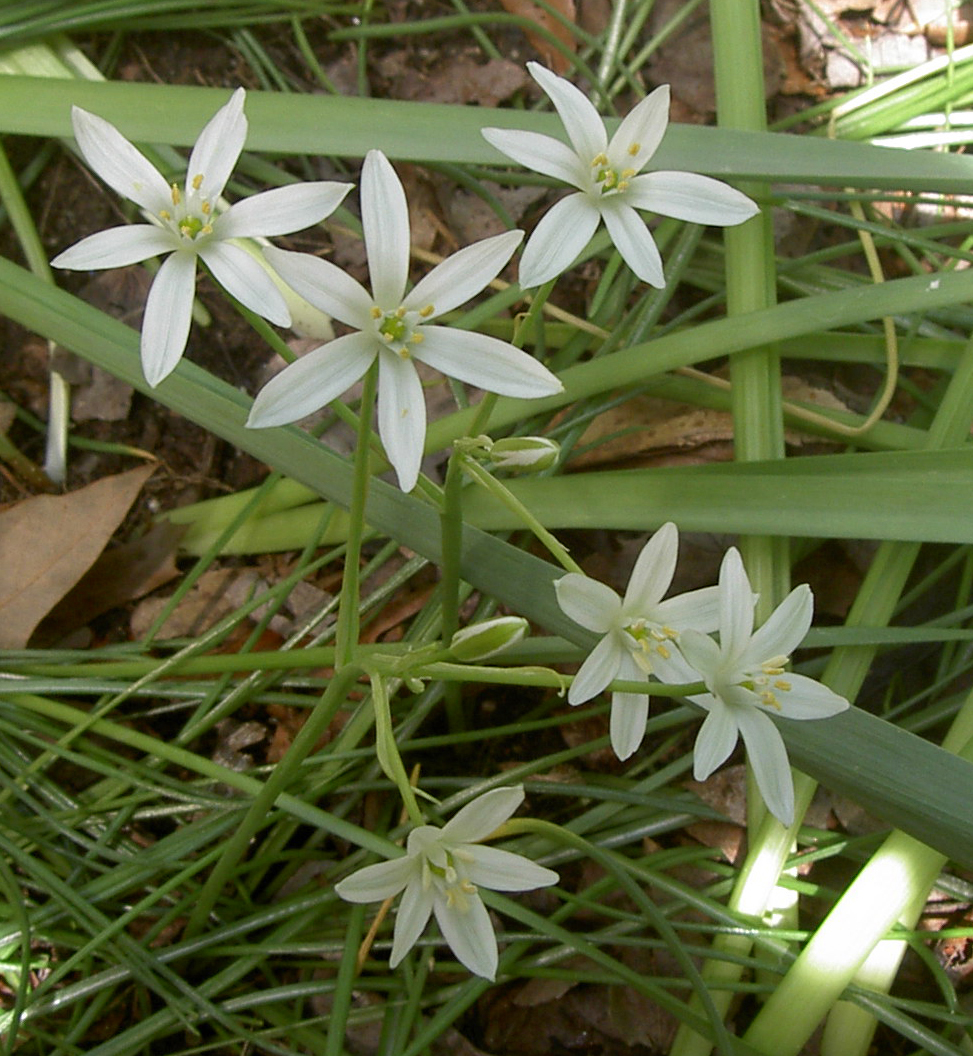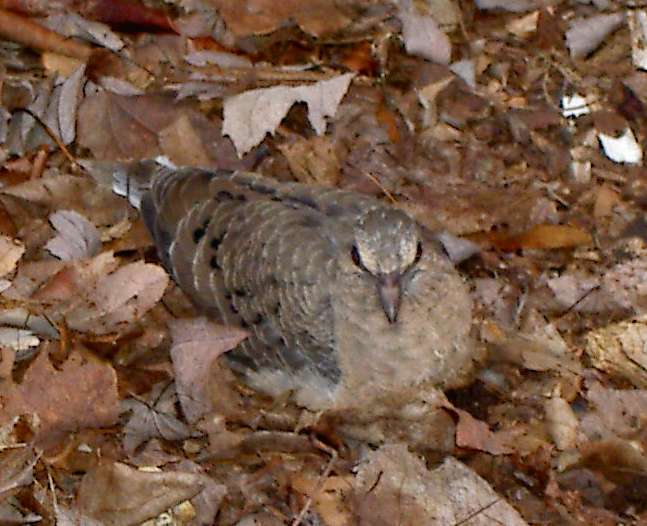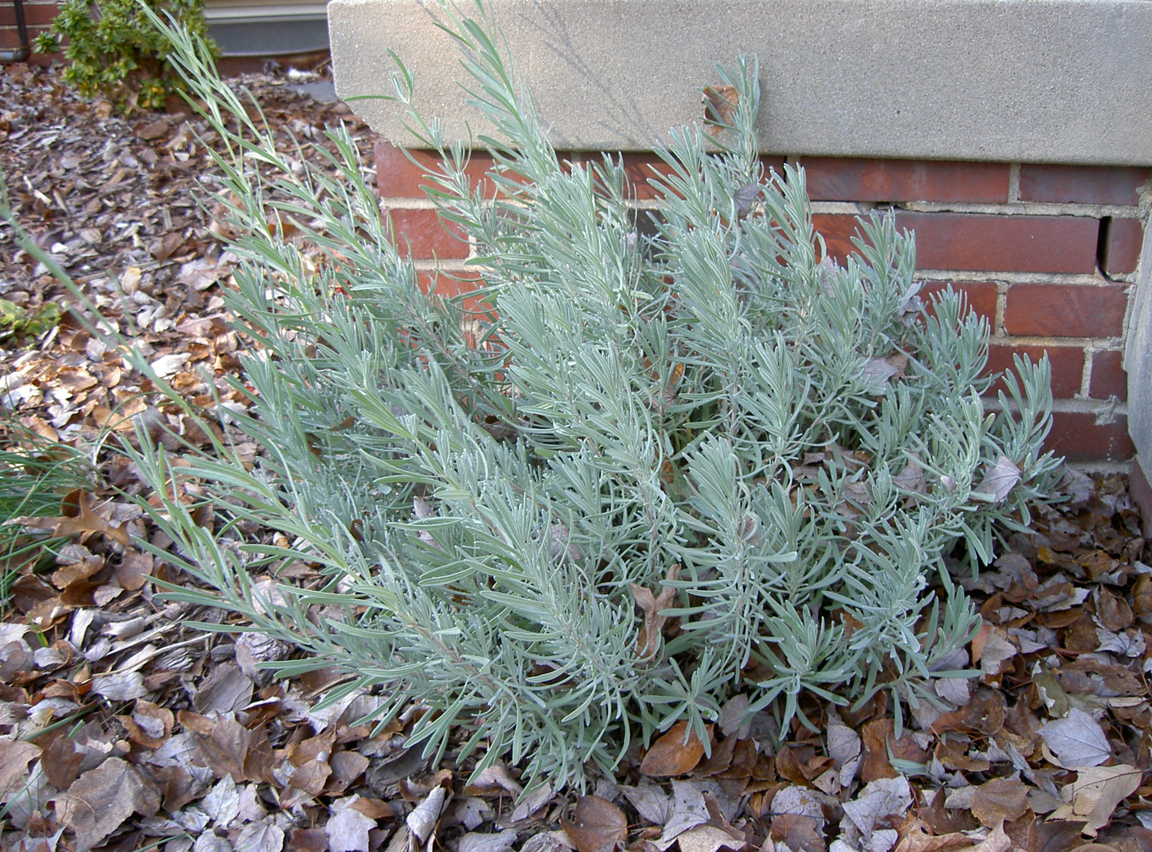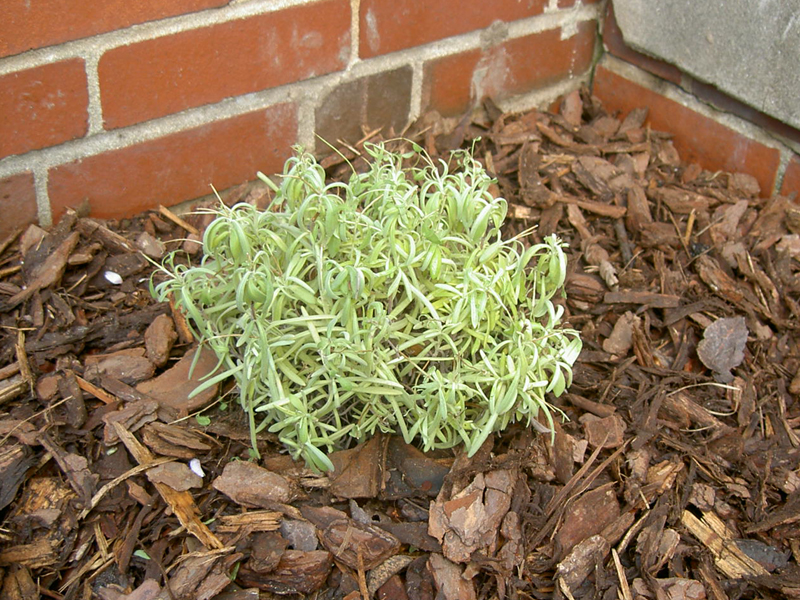After one of the coldest and wettest months of June in a decade, we’ve had a cold dry month of July thus far. As a result, I traveled a sine wave of worry and stress about the weeds. They took off in the month of June, creeping into the side beds that I’d covered with leaves and was barely keep clear. At the same time, the clover was overtaking the yard, which is fine in itself but the combination of nitrogen-rich clover clippings and buckets of rain made the lawn a jungle in that needed to be mown far more frequently than I’d like. So, the weeds were neglected and grew and grew along with my stress about whether we’d ever be able to beat them back again.
Then July came and I began to consider the nuclear option. I rejected that choice, but remained stressed about the amount of time the actual weeding was going to take. Enter my partner. Once it was established that we were not going to be poisoning the weeds, he took the weekend before last and went outside and weeded. For two days straight, everything that could be dug out was. He cleared 85% of the side beds, generating two trash cans and four contractor bags full of weeds and returning our backyard to a state more reflective of the hours (and hours [and hours]) of work we’ve put into it over the past three years. I was so pleased!
Since this great de-weeding, it still hasn’t rained which means that nothing is cropping up in the bare patches that we he created. It’s conceivable that we might make actual further forward progress this year; while the clear beds are nice, they’re the beds that we’ve progressively cleared each year, just with a few more stumps and saplings removed. Next up is the patch under the dogwood and sassafras, a corner of the yard that is remote from where the fence will be replaced. I’ve been loathe to add new plants in the areas that will invariably be trampled when we put in the new fence, but I can’t look at all that lovely cleared space without imagining flowerbeds.
For once, the timing has worked out splendidly and we’re looking at a ten-day stretch of thunderstorms in the area. With a little more garden luck, we’ll have a clear enough day on Friday that will allow us to get the second rain barrel installed and the poison ivy sprayed.



